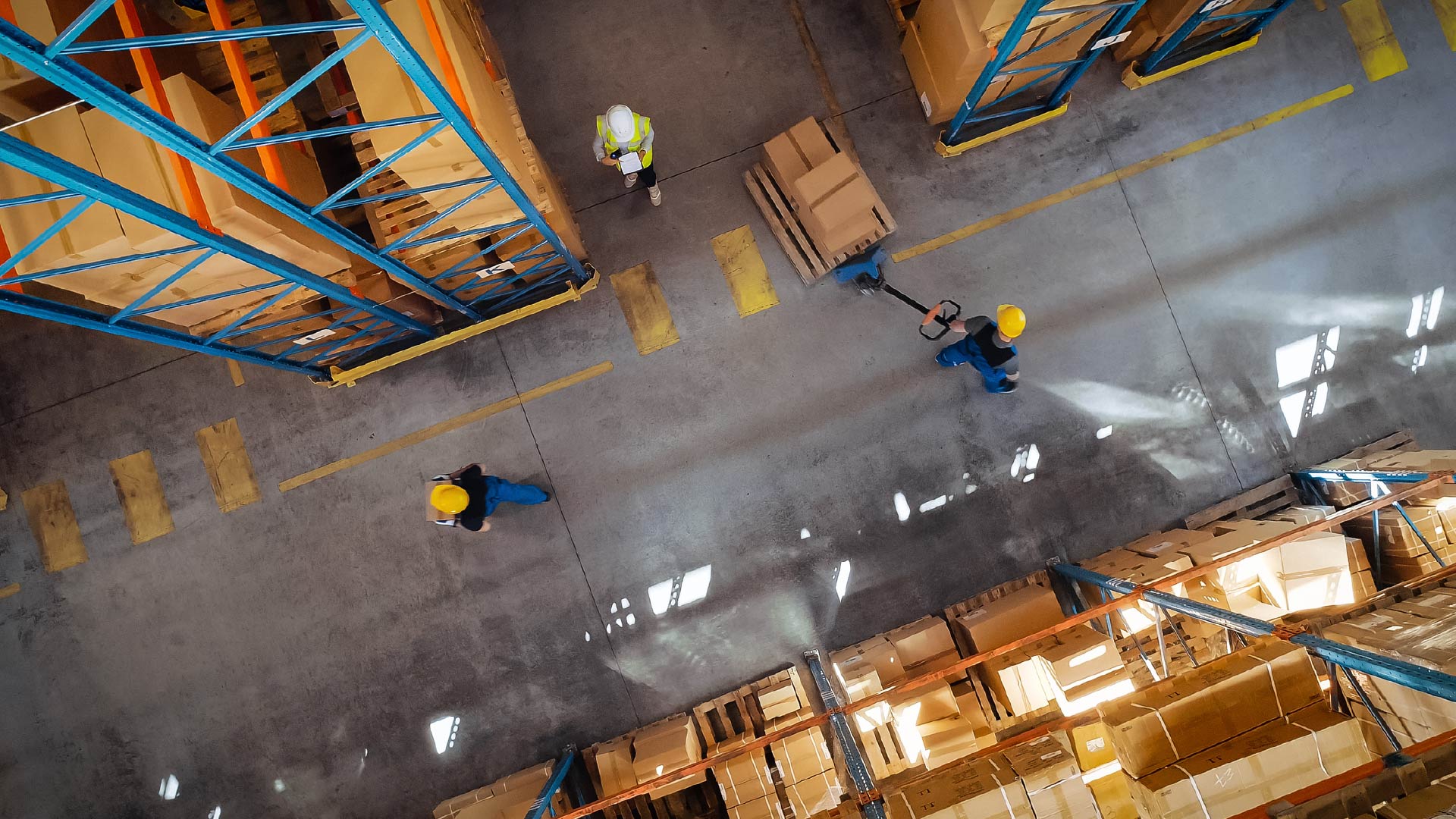The State Of The Connected Worker Solutions Market In Late 2024

Hugo Fuller
On September 25th 2024, CAI Software announced the acquisition of connected worker platform provider Parsable. Parsable was founded in 2013 and is headquartered in San Francisco. Between 2014 and 2020, the firm raised approximately $130 million across four funding rounds, with significant investments from Saudi Aramco Energy Ventures and Activate Capital, a tech-focused venture capital firm.
CAI Software was established in 1978 and provides enterprise resource planning (ERM) and manufacturing execution system software. It is part of STG (Symphony Technology Group), a US-based private equity firm that has acquired five businesses since 2022, spanning ERP, logistics and inventory management software suppliers in addition to Parsable’s connected worker platform. This latest acquisition complements CAI Software’s existing manufacturing portfolio, while bolstering its combination of ERP and supply chain products through Parsable’s mobile-first platform and shop floor analytics.
The acquisition is one in a series of deals made in the connected worker solutions market. In June 2023, IFS acquired connected worker platform provider POKA to bolster is capabilities for frontline workers. This was followed in July 2024 with Rombit, a Belgian connected worker safety solution provider, acquiring Argentinian competitor Drixit, which provided it with a springboard to approach South American prospects. Just months later, in October, Benchmark Gensuite acquired Anvl, a connected worker safety solution provider, and ERP software provider Epicor acquired digital work instructions software supplier Acadia.
In addition, a series of partnerships occurred within the connected worker solutions market over the summer. Fluke Reliability partnered with Augmentir, an AI-assisted connected worker platform provider, resulting in an integration between Fluke Reliability’s EAM offering eMaint and Augmentir’s platform. Meanwhile, Librestream, a Canadian connected worker solution provider, partnered with ManTech, a tech implementer for defence firms. ManTech plans to implement Librestream’s Onsight platform to support the maintenance of the US army’s ground vehicles.
Where does all this activity leave us? We know that 89% of respondents from the soon-to-be-published 2024 Verdantix industrial transformation survey state that skilled worker shortages are significant in driving digitization of industrial facilities. We also recognize the value proposition of connected worker solutions in upskilling workers on complex day-to-day tasks and capturing knowledge from the retiring workforce.
As such, connected worker solutions are clearly solving a high-stakes issue for industrial decision-makers by delivering last-mile value. However, after a period of intense funding rounds between 2019-2021, investments in the space cooled off. This is partly down to global macro-economic turmoil between 2020 and 2024, and partly down to a lack of understanding among potential customers about what a ‘connected worker’ product entails. Providers covering numerous usage scenarios self-describe as in the ‘connected worker’ sphere, making it a challenge for target firms to build a business case for investment.
To bridge this gap in understanding, there has been a reframing of connected worker solutions as part of a broader industrial software ecosystem. This move has been achieved through absorption into larger organizations or through partnership with industrial tech providers. The reframing has also coincided with a significant improvement of mobile applications offered by asset management tech providers, particularly in the EAM and CMMS space (see Verdantix Green Quadrant: Enterprise Asset Management Software 2024).
Brace yourself for more acquisitions of standalone connected worker solution providers by asset management and smart factory solution providers in 2025.
About The Author

Hugo Fuller
Senior Analyst





